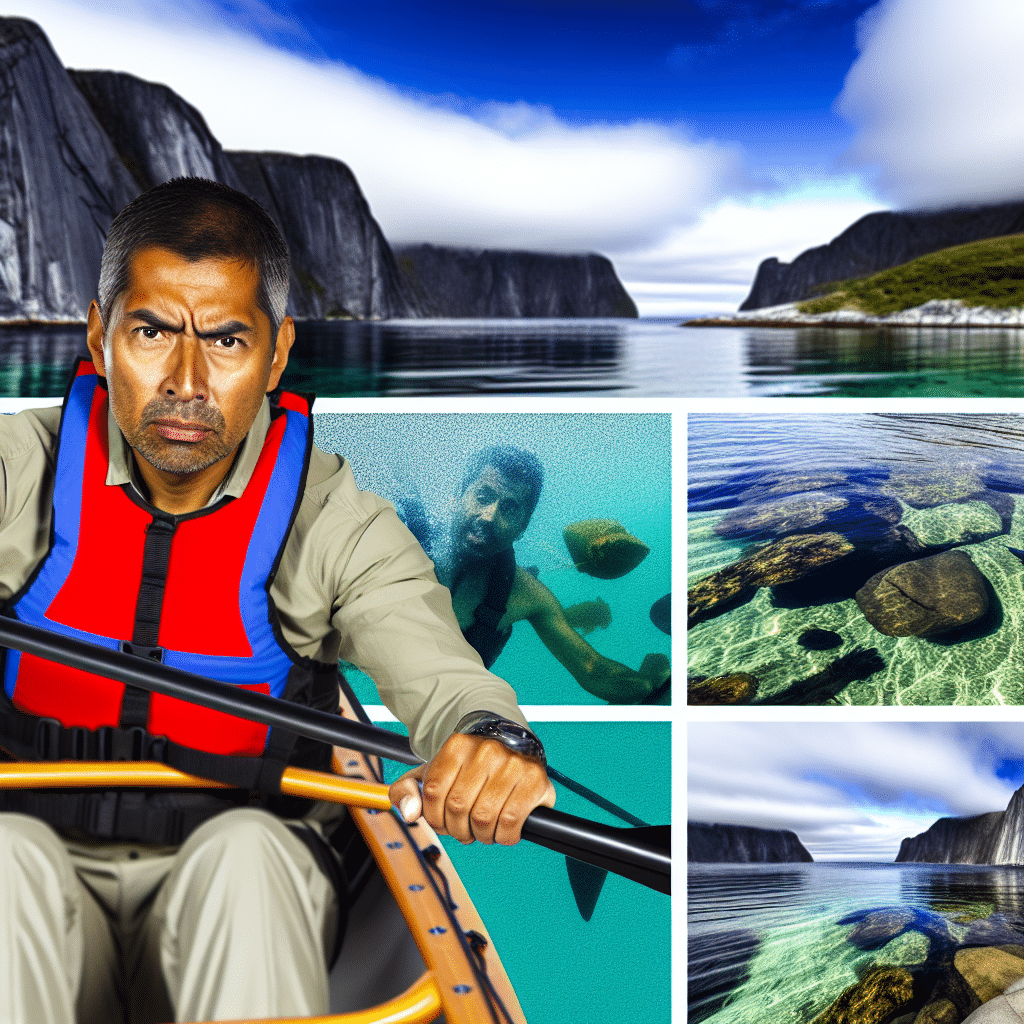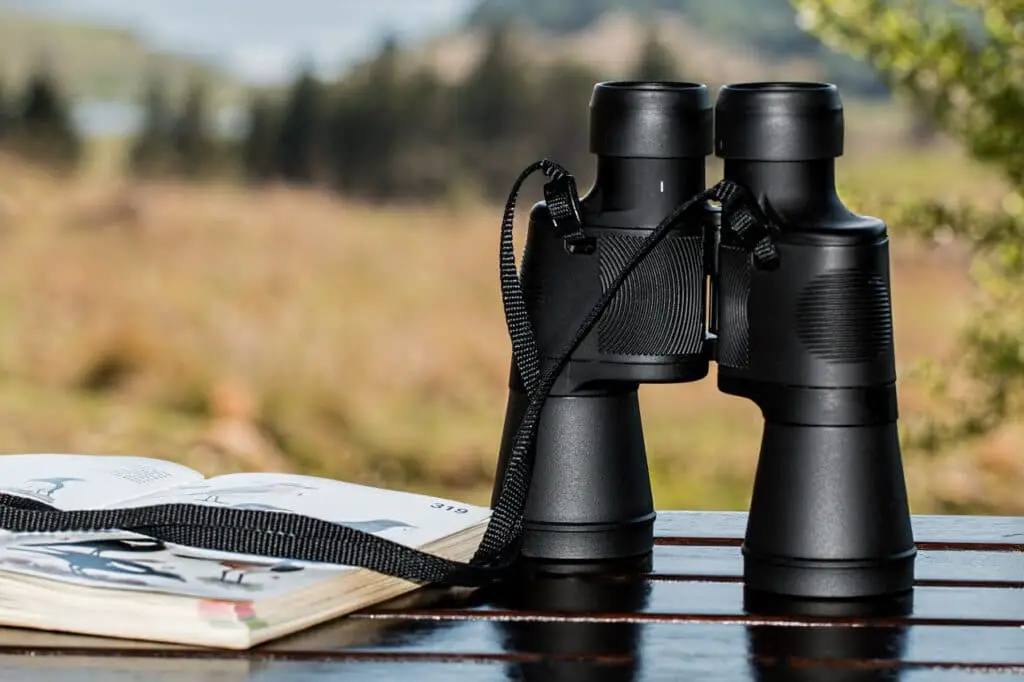If you’re searching for an adventure that combines the serenity of the open water with heart-pounding excitement, sea canoeing might just be the perfect fit for you. This sport not only offers an unparalleled way to explore the coastal environment but also serves as an excellent means to connect with nature on a deeper level.
What is Sea Canoeing?
Sea canoeing refers to the practice of paddling a canoe in marine environments such as oceans, seas, and even large estuaries. Unlike traditional canoeing done in rivers and lakes, sea canoeing presents unique challenges and rewards. It often involves navigating through waves, dealing with tides, and encountering marine wildlife. To make the experience enjoyable and safe, it’s crucial to understand the nuances of this exhilarating activity.
The Equipment You Need
When it comes to sea canoeing, having the right gear can make a significant difference in your experience. Here is a list of essential equipment:
1. **Sea Canoe**: Unlike river canoes, sea canoes are more robust and are often equipped with features like spray decks to keep out water, and storage compartments for longer voyages.
2. **Paddle**: A quality paddle will minimize fatigue and increase efficiency. Look for paddles made of lightweight material like carbon fiber.
3. **Life Jacket (PFD)**: A Personal Flotation Device is a mandatory safety measure.
4. **Wet Suit / Dry Suit**: Depending on water temperature, wearing the appropriate suit can prevent hypothermia.
5. **Safety Gear**: This includes a whistle, flashlight, and flares for emergencies.
6. **Navigation Tools**: A compass and a waterproof map or GPS can be life-savers.
7. **First-Aid Kit**: Always be prepared for minor injuries or ailments.
Why Should You Try Sea Canoeing?
An Unmatched Scenic Experience
One of the most compelling reasons to engage in sea canoeing is the breathtaking sceneries you’ll encounter. From crystal-clear waters teeming with vibrant marine life to rugged coastlines and hidden coves, the visual and sensory experiences are unmatched. Photography enthusiasts will find endless opportunities for capturing stunning landscapes and wildlife.
Physical and Mental Benefits
Sea canoeing is not only about soaking in the views; it offers a full-body workout that engages your core, arms, and legs. The paddling action improves cardiovascular health, builds muscle strength, and enhances flexibility. Additionally, the act of navigating through waves and tides can be a mental exercise that sharpens your focus and decision-making skills.
How to Get Started?
Finding a Sea Canoeing School
Before you set out, it’s advisable to gain some formal training. Many coastal regions have sea canoeing schools that offer beginner to advanced courses. These programs cover essential skills like paddling techniques, rescue operations, and navigation. These courses not only prepare you for solo adventures but also instill a sense of confidence and safety.
Practice Makes Perfect
Once you’ve completed a course, the next step is practice. Start with shorter trips in calmer waters to build your skills and comfort level. Gradually progress to more challenging environments as your proficiency increases.
Safety Measures: Never Take the Sea Lightly
While sea canoeing is thrilling, it also comes with inherent risks. Understanding and respecting these risks can make all the difference.
Check the Weather
Before embarking on any trip, always check the weather forecast. Sudden changes in weather conditions can make the sea unpredictable. High winds and storms can turn a tranquil paddle into a dangerous situation.
Know Your Limits
Recognize your physical and skill limitations. Avoid pushing yourself beyond what you can handle. It’s better to turn back and live to paddle another day.
Communicate and Plan
Inform someone about your paddling plans and estimated return time. Always paddle with a buddy whenever possible. Solo adventures should only be attempted by seasoned paddlers with high safety measures in place.
Destinations: Where to Go Sea Canoeing?
Top Spots Around the World
1. **Norwegian Fjords**: With their towering cliffs and sheltered waters, the fjords of Norway offer a unique and visually stunning sea canoeing experience.
2. **Great Barrier Reef, Australia**: Paddle your way through one of the world’s most famous marine ecosystems.
3. **Inside Passage, Alaska**: Expeditions through this route promise encounters with fjords, glaciers, and abundant wildlife.
Hidden Gems
1. **Haida Gwaii, Canada**: Also known as the Queen Charlotte Islands, this remote archipelago offers rich indigenous culture and unspoiled natural beauty.
2. **Dalmatian Coast, Croatia**: Crystal-clear waters and historic coastal towns make this an unforgettable paddling destination.
Eco-Friendly Sea Canoeing: Respect the Ocean
Sea canoeing offers paddlers an up-close look at marine wildlife and coastal ecosystems, raising awareness about environmental conservation. Here are some tips to enjoy this activity responsibly:
1. **Leave No Trace**: Ensure that you don’t leave any garbage or disrupt marine life.
2. **Avoid Sensitive Areas**: Refrain from paddling over coral reefs or disturbing nesting sites.
3. **Use Eco-Friendly Gear**: Opt for sustainable products and avoid single-use plastics.
Final Thoughts: Dive into the Adventure of Sea Canoeing Today!
Sea canoeing offers a unique blend of adventure, exercise, and natural beauty. Whether you’re exploring remote archipelagos or navigating the tricky tides of a rugged coastline, this activity promises enriching experiences and memories. With the right preparation, equipment, and respect for the watery environment, you’re all set to embark on your sea canoeing journey. So grab your paddle and dive into the extraordinary world of sea canoeing!




